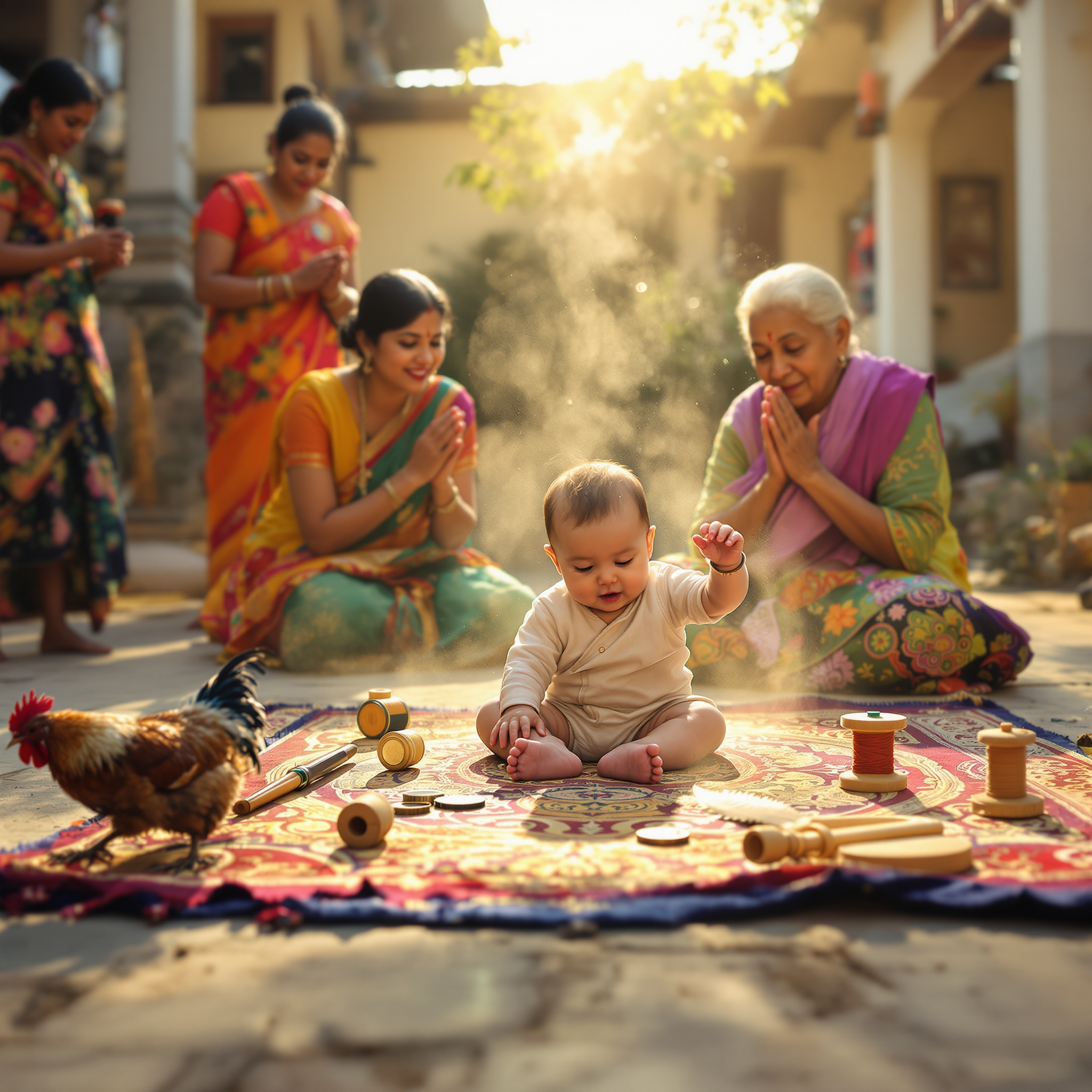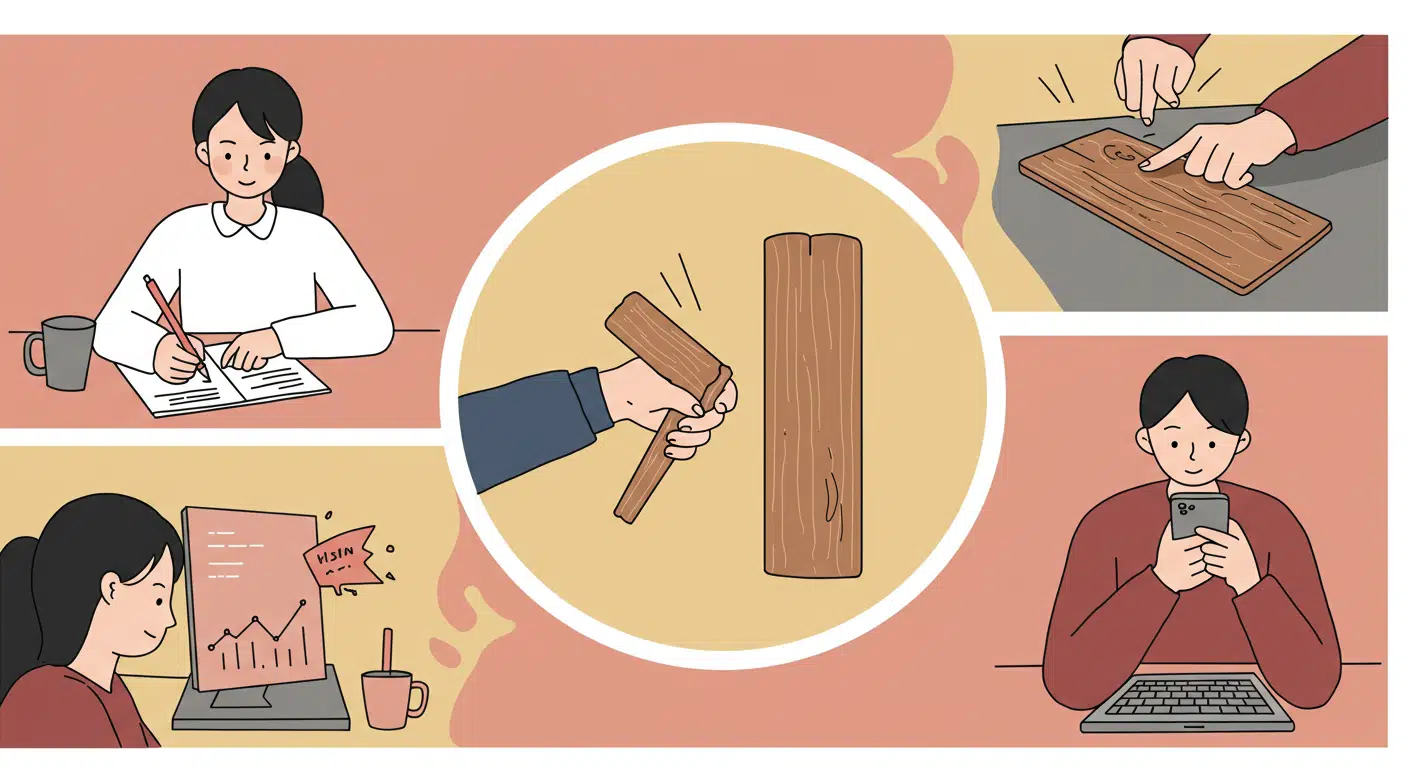According to widespread belief across multiple cultural traditions—particularly Chinese, but also European and various Latin American practices—creating loud noises through fireworks, firecrackers, banging pots, or other means during New Year celebrations actively dispels negative energies, malevolent spirits, and accumulated misfortunes from the previous year. This acoustic purification supposedly works through several mechanisms: sudden loud sounds startle and confuse harmful entities; continuous noise creates an unbearable environment for malevolent forces; while fire and light elements in pyrotechnics add visual purification dimensions. Some traditions specify optimal timing patterns: increasing intensity as midnight approaches; maintaining continuous noise during the year-changing moment; and gradually tapering off as the new year stabilizes.

A baby’s future career or fate is predicted by the first object they select during a ceremonial setup.
In several Asian and Eastern European cultures, a traditional ceremony is held for babies usually around their first birthday. Known


